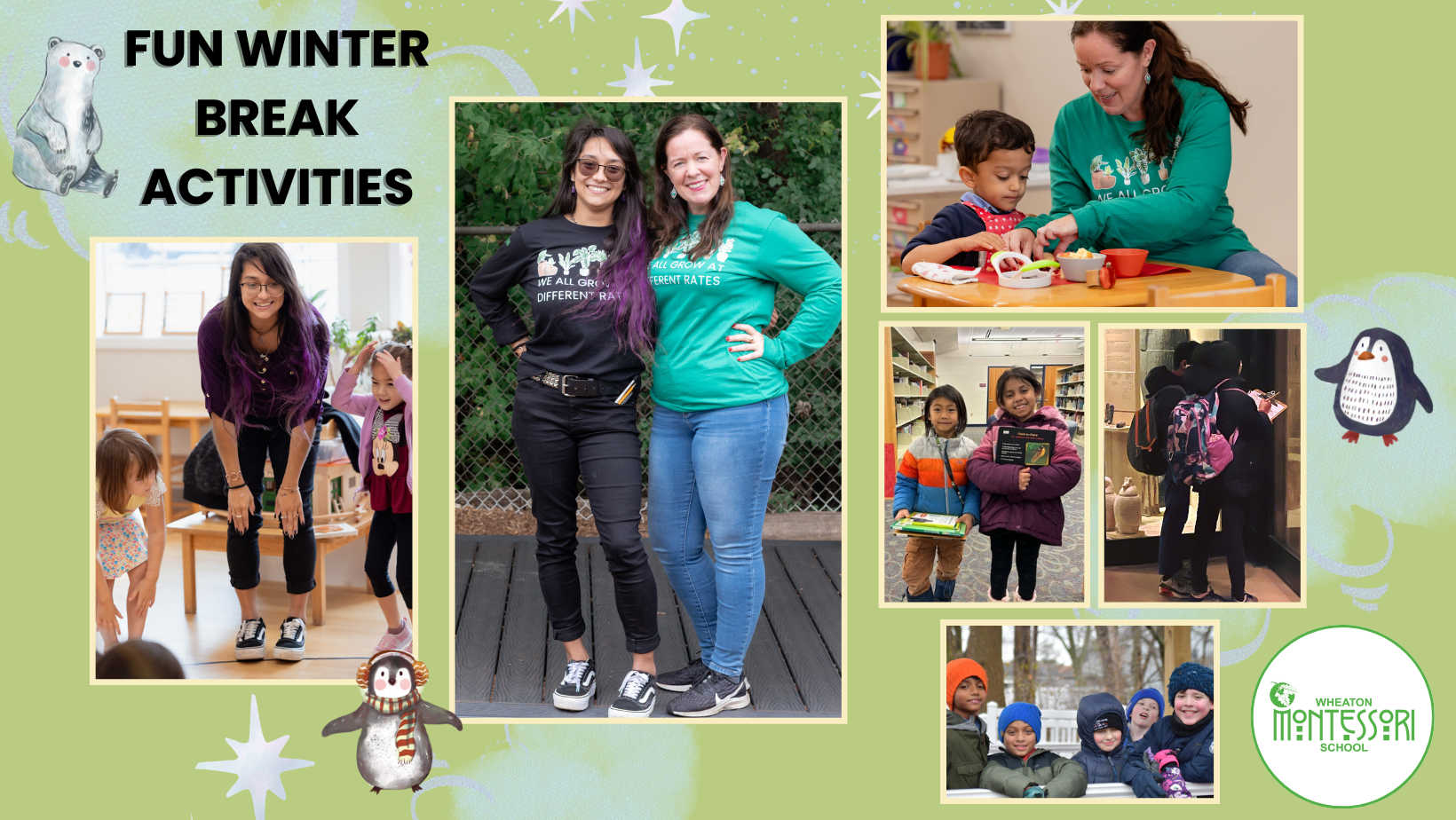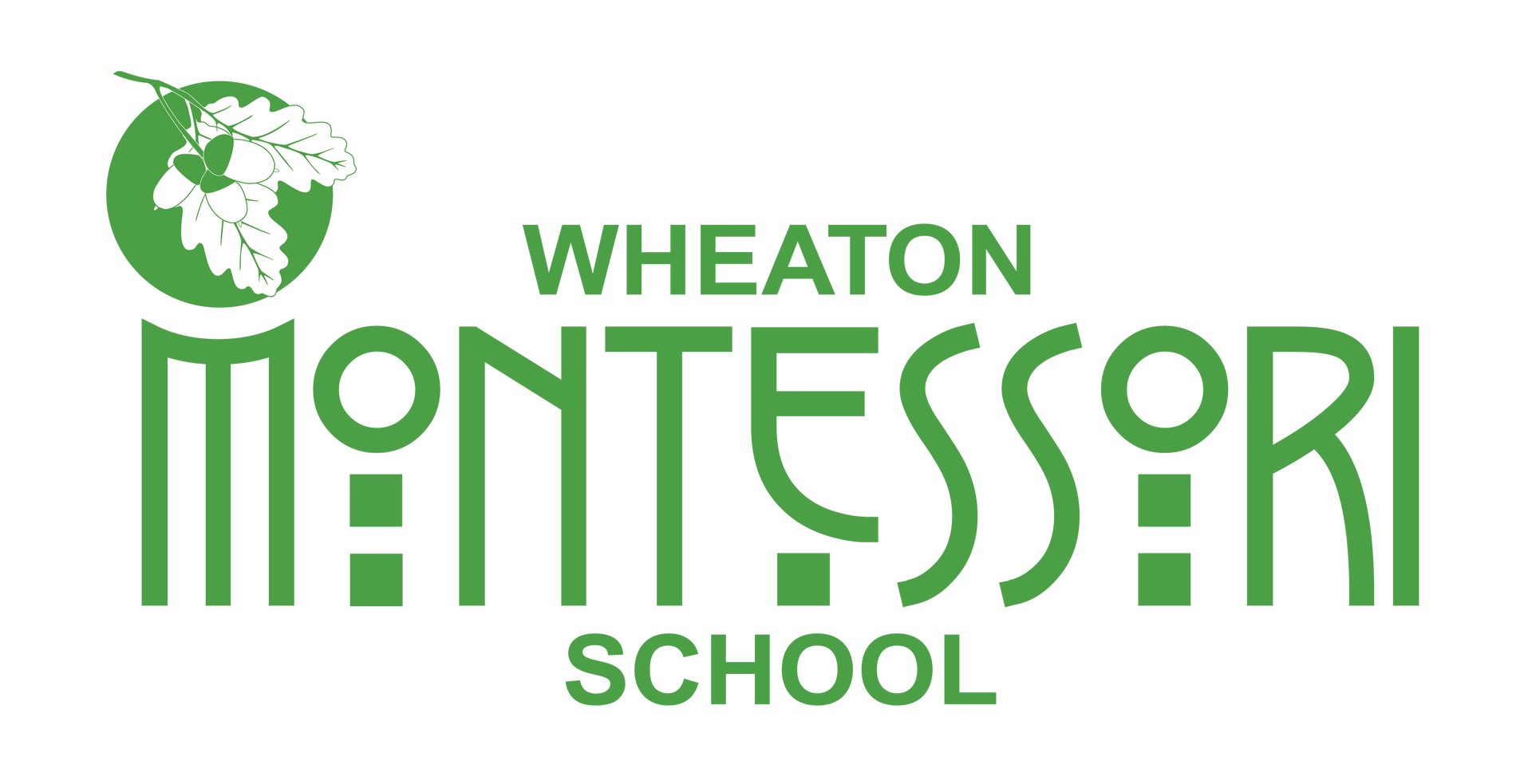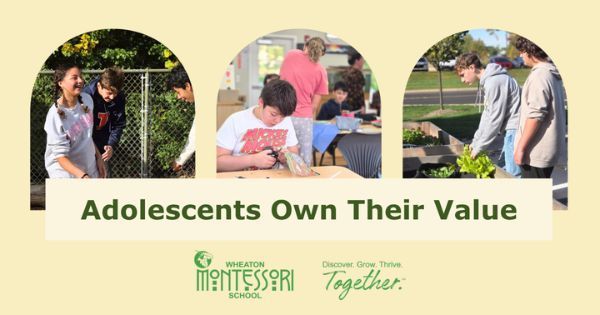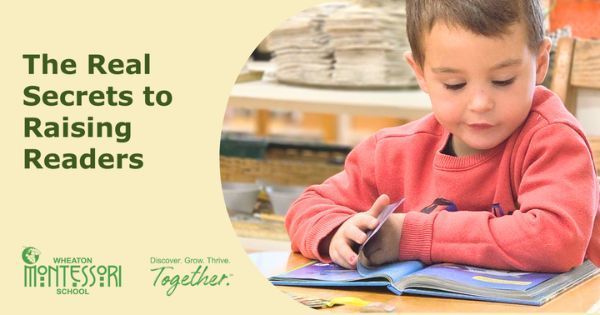
What can we do to keep our children busy over the two-week winter break?
Ms. Christine Carr, one of our highly trained and experienced internationally certified Preschool and Kindergarten teachers, and her assistant Ms. Amie Randall, team up every day to create a safe and nurturing classroom environment where students can explore, learn, and grow. With the understanding that each child is unique and has their own sets of strengths and challenges, they tailor their teaching methods to meet the individual needs of each child. Christine and Amie are passionate about helping children develop the skills they need to become confident, independent, and successful learners. They take pride in their work and are committed to making a positive difference in the lives of the children they teach.
In addition to building community, Ms. Carr has fun activity suggestions outside of the classroom for families to keep busy and enjoy the two-week winter break. Not only are they fun, but they are free too!
Ms. Carr’s suggestions are as follows:
When my children were little, they enjoyed being involved with art projects and practical life activities at home (cooking, baking, cleaning, folding), but we also enjoyed planning to go out into the community. I was always on the lookout for free or low-cost nature-based, screen-free places to take my children. So, with that in mind, here are some wonderful local places to visit with your children that my children enjoyed.
- Red Oak Nature Center (free)
- Little Red School House Nature Center (free)
- Lincoln Marsh (free)
- Fullersburg Woods Nature Center (free)
- Graue Mill (free)
- Cosley Zoo (free in December)
- Willowbrook Wildlife Center (free)
- Lincoln Park Zoo (free)
- Lincoln Park Conservatory (free)
- Garfield Park Conservatory (free)
- Oak Park Conservatory (free)
- Phillips Park Zoo (free)
- Danada Horse Farm (free)
- DuPage Historical Society Museum (free- model train display in the basement )
- Lizzadro Museum of Lapidary Art (free for children)
- Elmhurst Art Museum (free most days)
- Art Institute of Chicago (free for all children 14 and under)
- Cantigny Park
- The Morton Arboretum
- Museum of Science and Industry
- Field Museum
- Shedd Aquarium
- Brookfield Zoo
- Libraries*
- Parks**
*Frequently visit your local library for free winter break programs or just go to choose books and relax with your child.
**Your local parks are great year-round! Of course, just bundle everyone up!
Happy planning!
In partnership,
Christine


